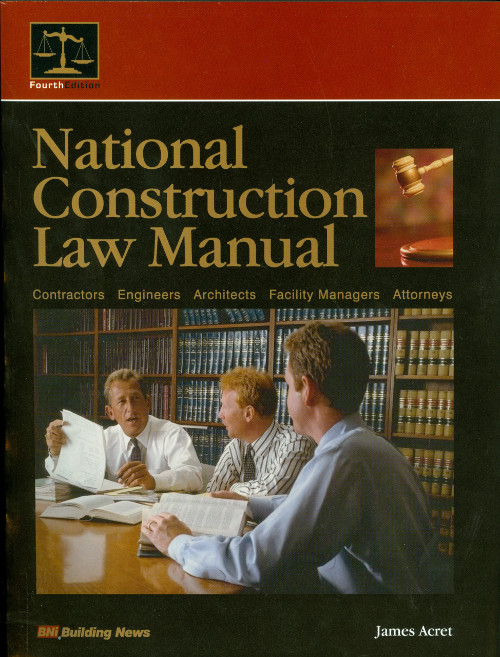Risk Management a Hot Topic at DBIA Annual Meeting

Richard Thomas of DBIA gave an update on legislation in the U.S.
PHOTO COURTESY OF DBIA
The evolution of design-build for transportation projects in the U.S. has had ups and downs, with many agencies pushing for “progressive” design-build and a few states—and contractors—still resistant to the basic idea.
“The opposition varies state by state,” noted Richard Thomas, director of state and local legislative affairs for the Design-Build Institute of America (DBIA), speaking at DBIA’s annual conference held in Portland, Ore., March 21-23.
Even in some states that have been at the forefront of transportation DB projects, such as Virginia, there have been some legislative attempts to restrict it, he noted. In that state, an anti-DB contractor donated to the legislator who introduced the bill, but it was killed in the General Assembly, said Thomas.
Other states, such as California, Illinois and New York, must deal with the sunset limitations looming over their DB legislation, Thomas added. Still, “almost every owner that has used DB wants to use it again,” although “contractors often prefer construction management-at-risk (CMAR),” he said.
Progressive design-build, which agencies like San Francisco International Airport are promoting, “marries the best of both” DB and CMAR, Thomas added.
Panelists also addressed the ongoing issue of which party to assign which risk. For example, in the case of pre-existing hazardous material conditions, “should we really shift that risk to the contractor?” said Patricia de la Peña, a partner with Nossaman LLP. “An agency has to ask what the cost is in shifting a risk that nobody can really control.”
When deciding to pursue a DB project, “there is never a preconceived notion about a risk [transfer] being wrong or right,” said Chris White, regional general counsel with Kiewit. The question the contractor asks is, “Can we price it, schedule it or insure it?”
Nancy Smith, partner with Nossaman, noted that some DB contracts include “bands” where a certain amount of dollars or days of risk are borne by the DB team. After that, the risk is split with the owner, and after another amount of time or money, the risk goes back to the owner.
White said that method works well in that it answers the contractor’s question: “At what point will the pain stop if a project goes bad?”




